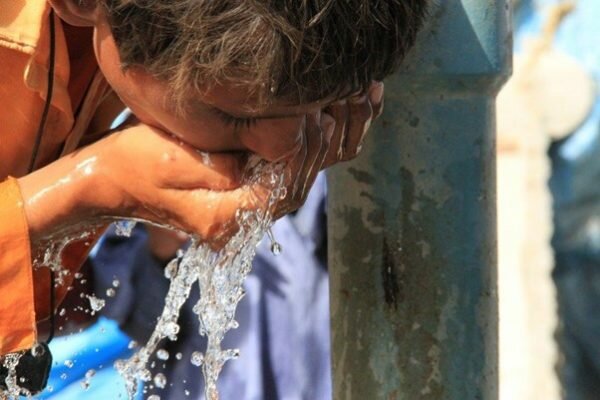I would focus on 2 aspects – (1) the Pact as a tool for judicial decision-making – a concise and authoritative source of recognised environmental principles for use in individual cases (2) the Pact as a framework for the co-operative development by judges, national and international, of a global common law of the environment.
1. A concise statement of environmental principles
Judges often need to look behind their national environmental laws to the underlying principles to help interpretation. Judges are busy people. A concise and authoritative statement is so much easier and quicker than digging around in a variety of sources of soft law. See for example my judgment in the Judicial Committee of the Privy Council[i], on an appeal from Trinidad and Tobago. This was an appeal by a local environmental group, the expressively named Fishermen and Friends of the Sea. It was about the application of the Polluter Pays principle as given effect in Trinidad Water Pollution law. I was looking for succinct statement of the principle, as a starting point for the discussion. I found it in Article 8 of the Pact:
Article 8 Polluter-Pays:
Parties shall ensure that prevention, mitigation and remediation costs for pollution, and other environmental disruptions and degradation are, to the greatest possible extent, borne by their originator.”
That did not provide the answer but it was a useful starting-point for interpretation of the specific provisions designed to give it effect in domestic law.
2. Global common law of the environment
For me the Pact represents culmination of a process in which I have been engaged for more than 15 years. It goes back to the Global Judges’ Symposium on the Environment in Johannesburg 2002, and the first acknowledgement of the importance of the judiciary in the interpretation and enforcement of environmental law. I was nominated to represent the UK on the judicial taskforce set up by the UNEP, to help the development of regional programmes for the training of judges in environmental law.
Among our first tasks were the judicial oversight of the production, in 2004, of a UNEP Judges’ Handbook on Environmental Law,[ii] and, in Europe, the setting up of the EU Forum of Judges for the Environment (EUFJE). My work with UN Environment has continued in one form or another ever since, speaking at judicial conferences on environmental law all over the world.
Most recently I have been part of the founding team for the new Global Judicial Institute on the Environment, led by Judge Antonio Benjamin of the Brazilian Superior Court. The plan is to provide a platform for co-operation direct and on-line, between environmental judges, and exchange of information about environmental issues and leading cases.
The Pact once adopted will be invaluable in giving a coherent framework for that work. See for example the principles of “environmental trusteeship” and “intergenerational equity”.
Since the early 1990s courts in different parts of the world have been seeking to give legal form within their own jurisdictions to a concept of environmental trusteeship, as a general duty owed by governments to individual citizens and to future generations, and enforceable ultimately through the courts. Thus in 1997 in the Hungarian Dams case in the International Court of Justice Judge Weeramantry in the spoke of “the first principle of modern environmental law – the principle of trusteeship of earth resources”. Similarly the Indian Supreme Court (1997) has spoken of the state as “trustee of all natural resources which are by nature meant for public use and enjoyment”.[iii]
In the draft Pact, these ideas are expressed in concise and simple terms:
Article 2: Duty to take care of the environment:
“Every State or international institution, every person, natural or legal, public or private, has the duty to take care of the environment…”
Article 4: Intergenerational equity:
“Intergenerational equity shall guide decisions that may have an impact on the environment. Present generations shall ensure that their decisions and actions do not compromise the ability of future generations to meet their own needs.”
Conclusion
When the Pact was launched in Paris by President Macron in 2017 its goals were ambitious.[iv] It was designed to become the cornerstone of international environmental law” and to “supplement the legal framework of fundamental norms…”. The new Pact would follow the two international covenants of 1966, related one to civil and political rights, and the other to economic, social and cultural rights, and would establish “a third generation of fundamental rights, the rights related to environmental protection”.[v] Of course these principles are not new. The Rio Declaration of 1992 has served us well, and will continue to do so. But 25 years on I can see the case for updating and refinement. Whatever the precise legal form of the Pact, I can as a judge see the merits of a concise and authoritative statement of the now well-established principles of environment law, agreed at the highest international level – a global common law of the environment. I wish it well.


